Gaza, Oct 22 (V7N) – Residents in Gaza are living in constant fear as a fragile ceasefire struggles to hold. Humanitarian aid has yet to return to normal, leaving ordinary citizens unable to meet basic food needs. Skyrocketing prices for essential goods are forcing children to go hungry, while recovery teams continue to retrieve bodies from the rubble.
Hospitals across Gaza reported receiving 70 bodies over Monday and Tuesday. The so-called “yellow line” established by Israel has effectively become a death zone, with Israeli forces reportedly opening fire on anyone crossing this boundary. Nearly 58 percent of Gaza remains under Israeli military control.
According to the Palestinian Civil Defense, four Palestinians were killed in two separate incidents on Tuesday. In the Al-Shaf area east of Tufah neighborhood in eastern Gaza City, Israeli forces fired on returning residents. Over the past two years, Israeli attacks have killed at least 68,829 Palestinians and injured 170,361, while Gaza’s Health Ministry reports that 22,000 Palestinians are unable to access medical care.
On Monday, Israeli forces conducted an attack in the eastern Khan Yunis area, further raising fears that the ceasefire may not hold. United Nations Relief and Works Agency (UNRWA) chief Philippe Lazzarini emphasized the critical importance of maintaining the ceasefire in Gaza.
The “yellow line” refers to a boundary on a ceasefire map shared by U.S. President Donald Trump, marking areas from which Israeli forces were to withdraw. The area within the yellow line spans approximately 155 square kilometers. Since its implementation, many Palestinians in eastern Gaza have been displaced, and Israeli forces have reportedly fired at anyone entering this zone.
Humanitarian access remains limited as Israel previously threatened to block aid shipments. Although some aid trucks have resumed entering Gaza, many are still stopped at military checkpoints. According to Gaza’s government media office, out of 6,600 trucks intended for aid, only 986 have successfully reached the territory.
In an effort to stabilize the ceasefire, U.S. Vice President J.D. Vance arrived in Israel with his wife, Usha, on Monday. He is scheduled to meet Prime Minister Benjamin Netanyahu in Jerusalem to discuss the implementation of the ceasefire and to press for a second phase of negotiations. Vance had previously sent U.S. special envoy Steve Witkoff and Trump’s son-in-law Jared Kushner to meet with Israeli officials, underscoring the United States’ commitment to preventing the collapse of the fragile truce.
END/WD/AJ/



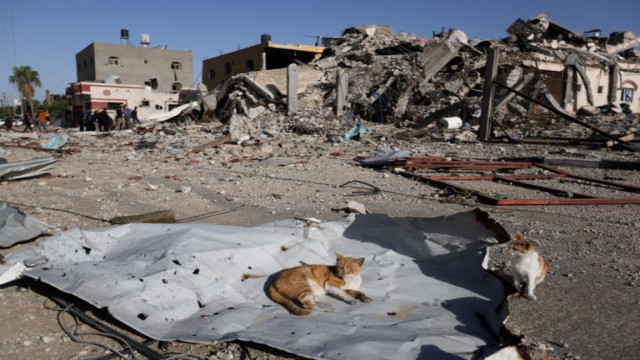
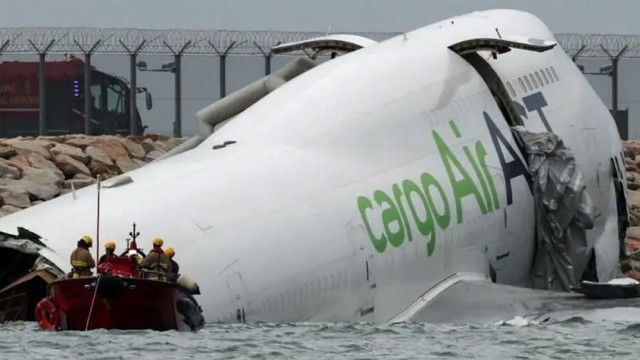
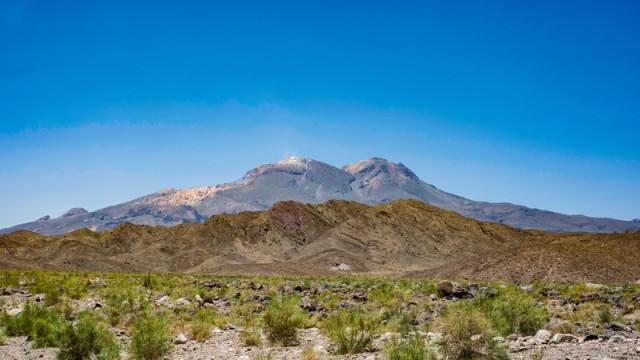
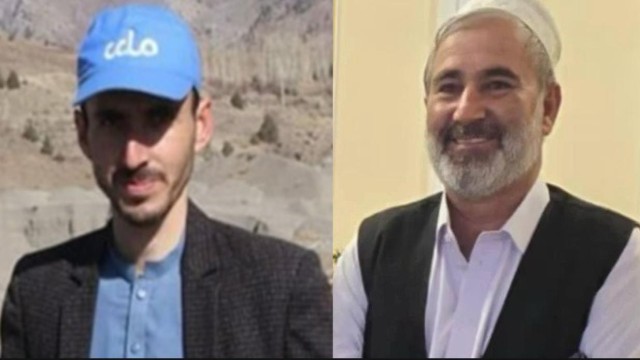
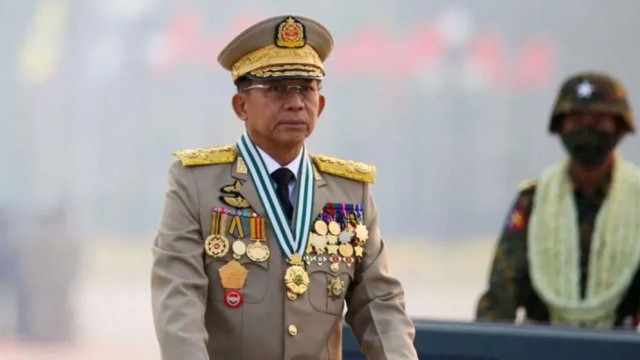
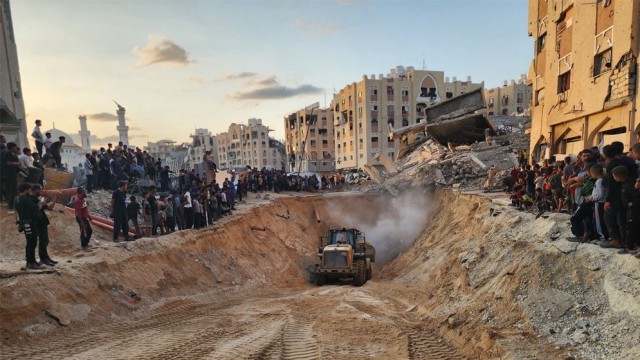

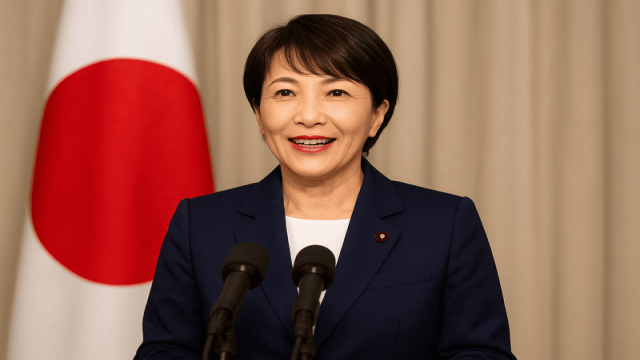
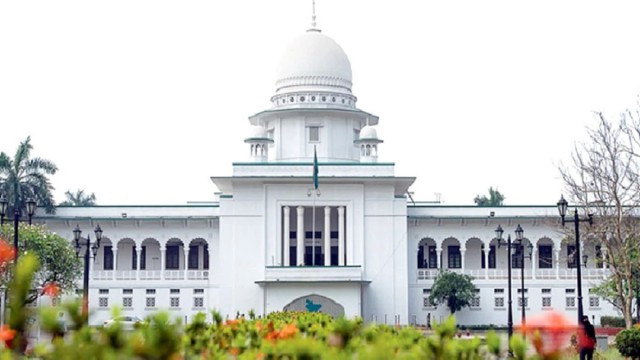
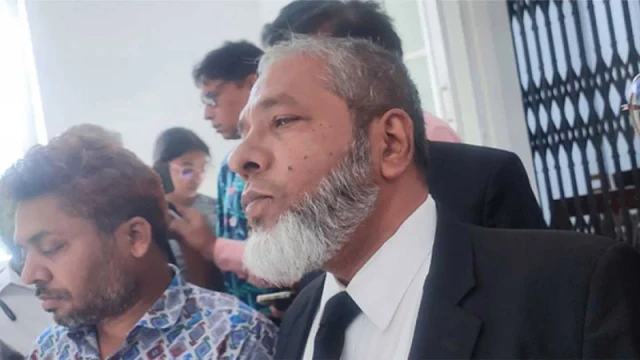
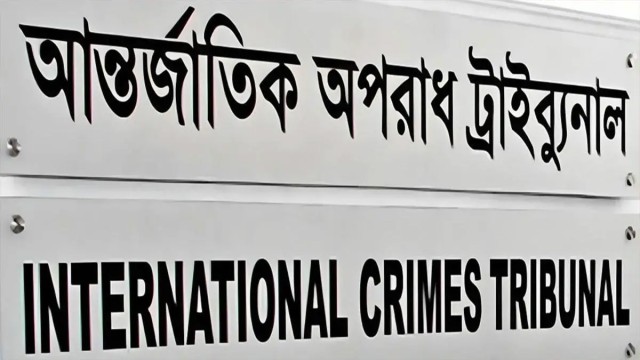
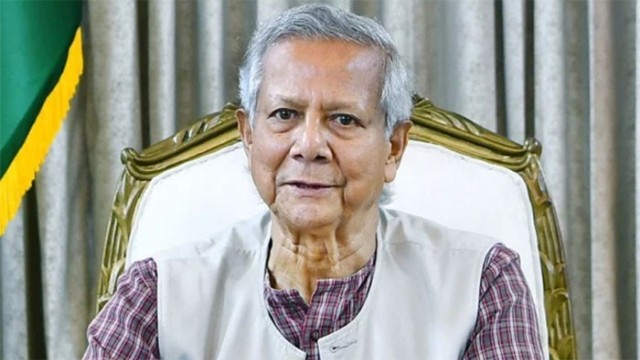
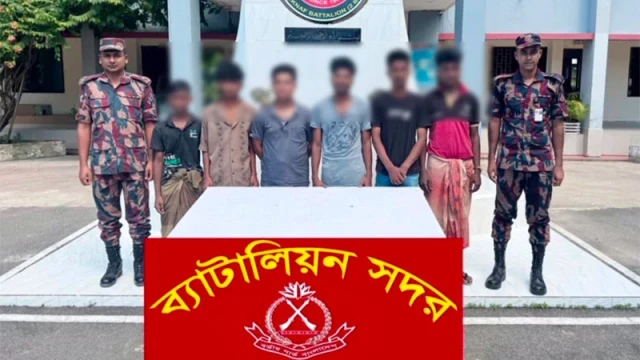
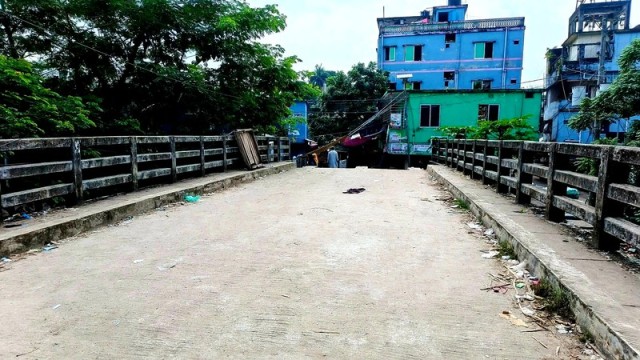



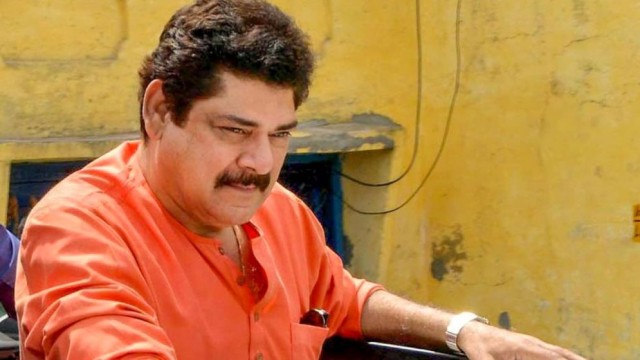
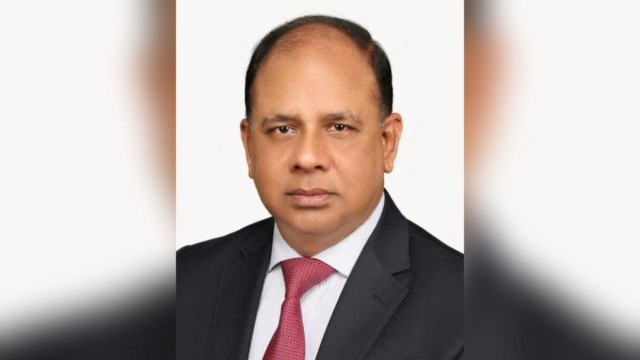

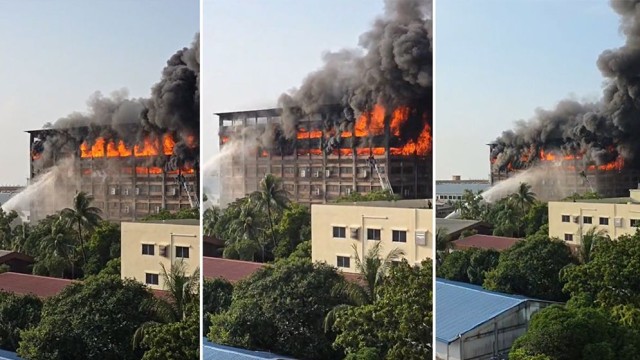

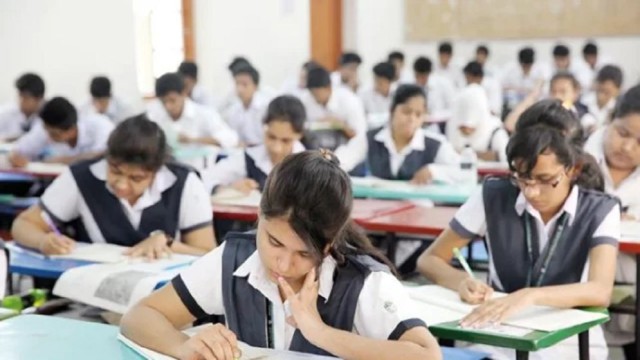
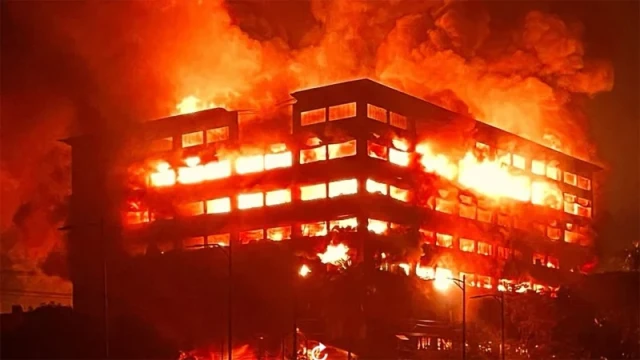
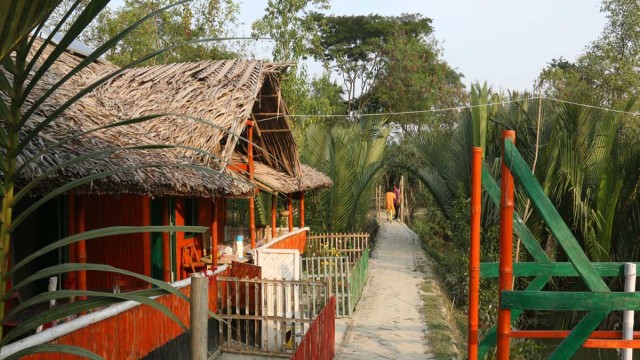
Comment: